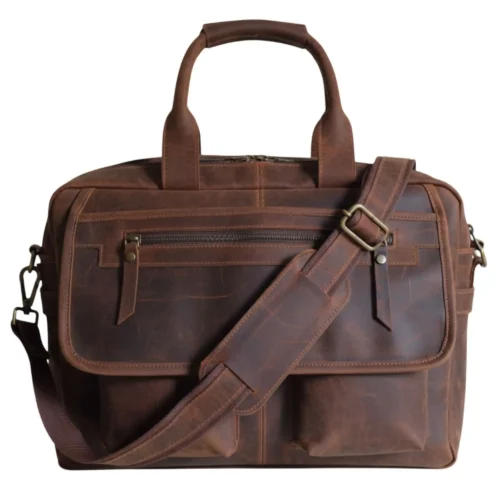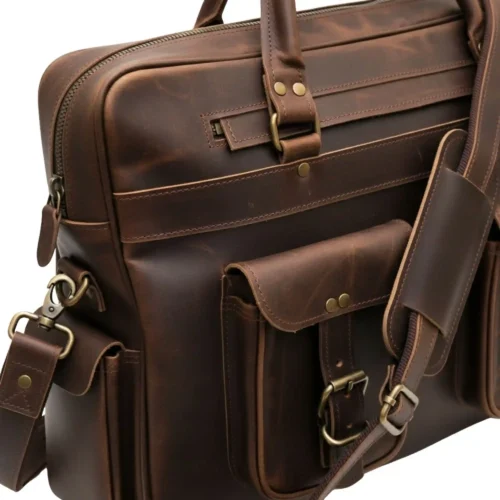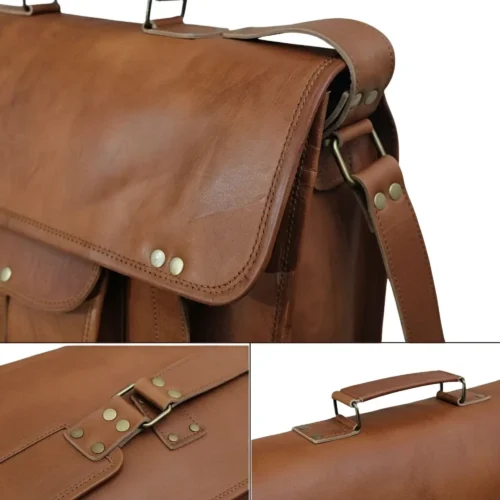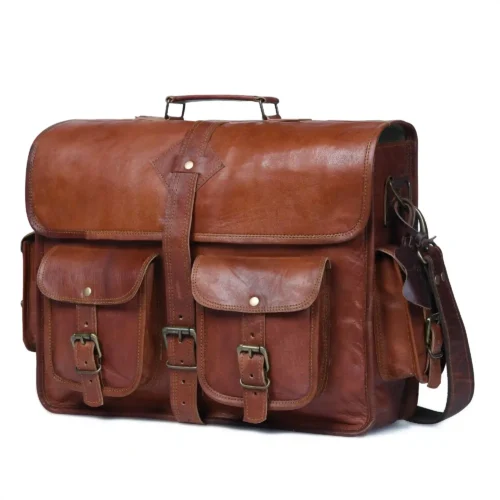
🚛 FREE SHIPPING | LIFETIME REPAIR WARRANTY | 20% Sale: “FREEDOM20”
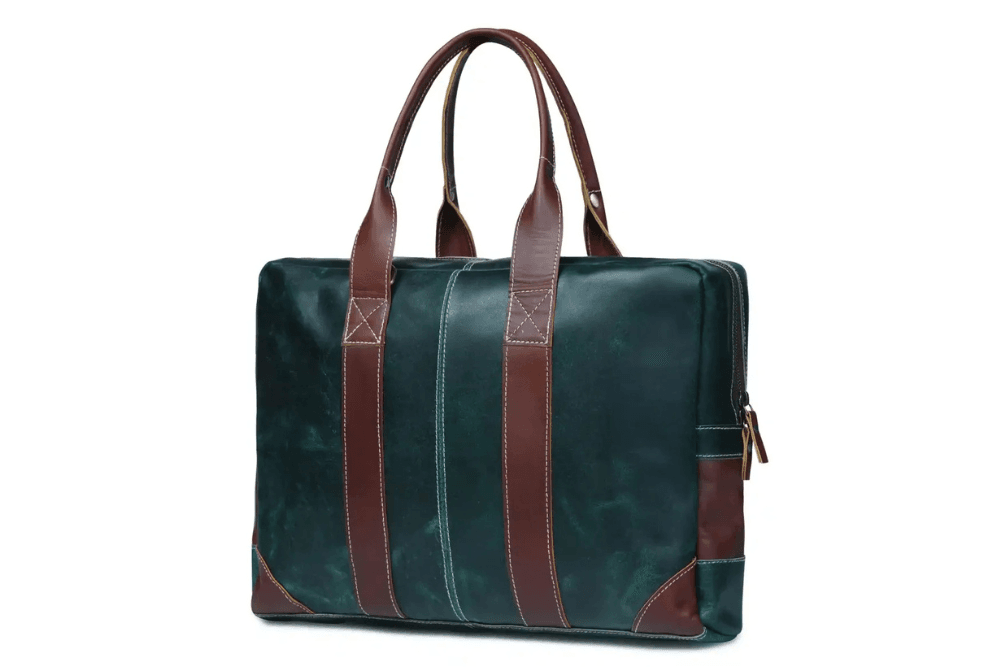
In an age of fast fashion and disposable goods, the allure of vintage leather bags stands as a testament to timeless craftsmanship and enduring style. These treasured accessories aren’t merely containers for our belongings; they’re historical artifacts that carry stories of bygone eras, craftsmanship traditions, and the natural aging process that transforms leather into something more beautiful with each passing year.
What exactly draws collectors to vintage leather bags? The answer lies in a unique combination of quality, character, and sustainability that modern mass-produced alternatives simply cannot match.
Vintage leather bags, particularly those crafted before the 1980s, were typically made with techniques that prioritized durability and longevity. Artisans spent hours hand-stitching seams, reinforcing stress points, and ensuring that each piece would withstand decades of use. These bags weren’t designed for a single season but were created as lifetime companions.
“The craftsmanship evident in vintage leather goods reflects a time when objects were made to last generations, not just until next season’s collection,” notes a seasoned collector who has amassed over 200 vintage leather pieces spanning the 20th century.
Perhaps the most compelling characteristic of vintage leather is its ability to develop a patina – that warm, lustrous finish that only comes with time and use. Unlike synthetic materials that deteriorate and look worn, full grain leather evolves into something more beautiful with age.
A pristine vintage leather bag from the 1950s carries a warm honey glow that reflects decades of careful use. The leather has softened in just the right places, creating an object that’s not just functional but also visually striking and impossible to replicate with new materials.
In a world increasingly concerned with sustainability, collecting vintage leather represents a form of conscious consumption. By preserving and using items created decades ago, collectors extend the lifecycle of these goods and reduce the demand for new production, which often involves chemical treatments and significant resource consumption.
For the novice enthusiast looking to begin their journey into vintage leather collection, several approaches can yield rewarding results.
Not all vintage leather bags are created equal. Here’s what to look for when evaluating potential additions to your collection:
Finding quality vintage leather requires patience and knowledge of where to look:
One collector shares, “My most treasured piece—a 1960s English briefcase with brass fittings—was discovered buried under household items at a rural estate sale. The seller had no idea of its value, but I immediately recognized the quality of the leather and craftsmanship.”
As vintage leather grows in popularity, so do reproductions. Developing authentication skills is crucial:
Different historical periods produced distinctive styles of leather bags, each reflecting contemporary needs, technological capabilities, and aesthetic preferences.
Victorian and Edwardian (1837-1910)
This era featured structured leather goods with intricate hardware and compartmentalization. Doctors’ bags, train cases, and steamer trunks exemplify this period’s focus on specialized functionality and formal appearance.
The geometric simplicity and luxurious materials of Art Deco influenced leather goods during this time. Look for streamlined shapes with bold hardware and exotic leather combinations.
Post-war optimism and innovation led to cleaner lines, functional design, and experiments with color. The classic American briefcase and European messenger bags reached their design pinnacle during this period.
The 1970s brought handcrafted revival styles with tooled leather, tribal influences, and casual forms like the hobo bag and unstructured tote.
This decade saw the explosion of designer leather goods with prominent branding, innovative treatments, and status-oriented designs that now serve as time capsules of the era.
Proper maintenance of vintage leather is essential not only for preserving your investment but also for enjoying these pieces as functional items.
Unlike modern bags, vintage leather requires specialized care:
How you store vintage leather significantly impacts its longevity:
For valuable pieces or significant damage, professional restoration may be necessary:
The vintage leather community offers knowledge, authentication assistance, and trading opportunities that enhance the collecting experience.
Online communities dedicated to vintage leather provide invaluable resources:
Developing relationships with reputable dealers can transform your collecting experience:
While collecting should primarily be driven by passion, vintage leather can represent a sound investment when approached knowledgeably.
Value Appreciation Factors
Not all vintage leather appreciates equally. These factors influence potential value growth:
For investment-grade collecting, documentation enhances value:
A leather bag is typically considered vintage if it is at least 20 to 30 years old. These bags often reflect the design trends, craftsmanship techniques, and materials of a particular era.
Collectors appreciate vintage leather bags for their superior craftsmanship, unique character, and the natural patina that develops over time. They’re also a sustainable alternative to modern mass-produced fashion.
Look for signs such as consistent aging of the leather and hardware, maker’s marks, high-quality stitching, and era-specific construction techniques. Researching the brand’s history and signature features is also crucial.
Full grain leather is the most sought-after, known for its durability, natural texture, and ability to develop a beautiful patina over time.
Great sources include estate sales, vintage shops, reputable online marketplaces like Etsy and eBay, and auction houses that specialize in vintage or designer accessories.

